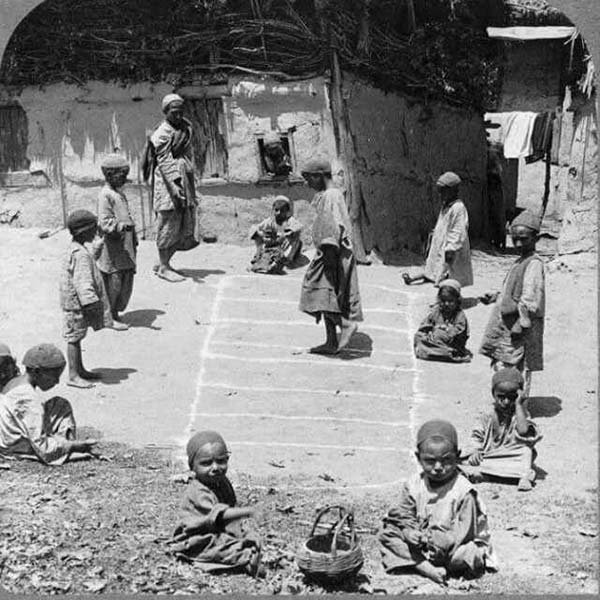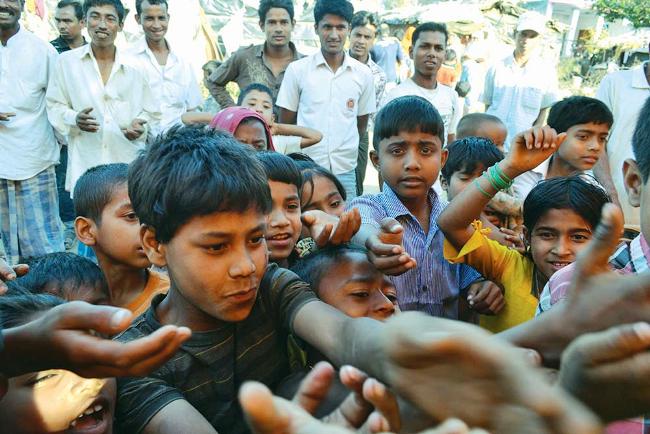by Shabir Ahmad
After the adoption of the Universal Declaration of Human Rights 1948, the Save the Children international union thought it was time to ask the UN to reaffirm the Geneva Declaration.

World War two ended dramatically, leaving 45 to 50 million people dead, half of which were civilians, and leaving behind 13 million orphans. The international community mobilized to assist victims and to reconstruct. States envisioned a new supranational organization, the United Nations Organization, and specialized agencies such as UNICEF to rescue children and UNESCO to ensure educational reconstruction.
At the heart of this process, children had a place of their own. The international community was willing to redefine the basis for their proper development. After the adoption of the Universal Declaration of Human Rights 1948, the Save the Children international union thought it was time to ask the UN to reaffirm the Geneva Declaration. However, for many, the Universal Declaration was sufficient.
The UN Interventions
The UN nevertheless recognized the value of a specific document for children’s rights. They considered the Geneva declaration dated so they decided to transform it into a new charter. The human rights commission received the first version of the declaration in 1950, which was brushed aside until 1957. By then, tensions related to the Cold War were such that the negotiations had stalled. The commissions decided to reopen discussions on children’s rights, and doubts as to the relevance of adopting a treaty specific to children arose again. Debates occurred about child protection before birth. Children’s rights appeared to be a neutral ground.
The Human Rights Commission came up with compromises consisting of general principles and enforcement provisions. The principle of non-discrimination, that of the best interest of the child and social security, the civil right to a name, and nationality, the due right to education and right not to work and finally, the right to play and to recreation ˗ these are some notable additions.
The Africa Instance
Elaborating on the evolution of children’s rights, let’s take Africa as a case study. Historically, a number of practices within the African continent indicate that women and children were given a lot of respect.

Even though the notion of children’s rights is relatively recent, there are a lot of areas, which the African continent can actually be proud of. Now, in terms of regional instruments, the African Charter for the Rights and Welfare of Children was created in 1979 by the Dale organization which took nine years to come into effect. Currently, a lot of African countries have adopted new laws pertaining to children’s rights.
Poor Children
Now there are a number of challenges that children currently face and some of them have been there for a long period of time. The most important one is the issue of poverty and the only way to break this cycle is through education.
Secondly, challenges are posed by customs and religious practices that go against the provisions of the African Charter. Child marriage and other harmful practices prevalent in a number of African countries continue to create problems. Uncoordinated institutions are also an issue. For instance, in a number of African countries, juvenile courts only exist in the capitals and some major cities.
However, several African countries have registered significant economic growth in the last five years and the opportunity to translate some of these financial resources into something positive for African children is huge. African countries are completely aware of this opportunity and are trying to tap into it.
The Asian Experience
Asia is a large and populous continent. In terms of the child population, India comes second in the entire world followed by China. It is also a highly diverse continent, and therefore, it is difficult to make generalizations about how childhood is experienced and how children’s rights are constructed in Asia. The UNCRC is ratified by all Asian countries. In fact, they were among the first countries to approve the treaty, despite the huge gap that existed between the provisions that were laid down and the existing realities in these countries. There is no regional charter or treaty of child rights, unlike Africa.

There is a SAARC convention on regional arrangement for the promotion of child welfare in South Asia, but it does not take into account all dimensions of childhood in Asia. Efforts to establish any kind of regional mechanism on human rights has been unsuccessful so far. Child rights violations in the region also paint a very stark picture. Regardless, there has been a growing acknowledgement of child rights since early 2000.
The main problem arises from the fact that countries, especially those in South Asia and Africa, have not been able to provide for children’s economic, social and cultural rights. I hope this encourages people to study and work on child rights.
(The author is a UPSC aspirant from Raiyar Doodhpathri (Budgam). The opinions expressed in this article are those of the author’s and do not purport to reflect the opinions or views of Kashmir Life.)















